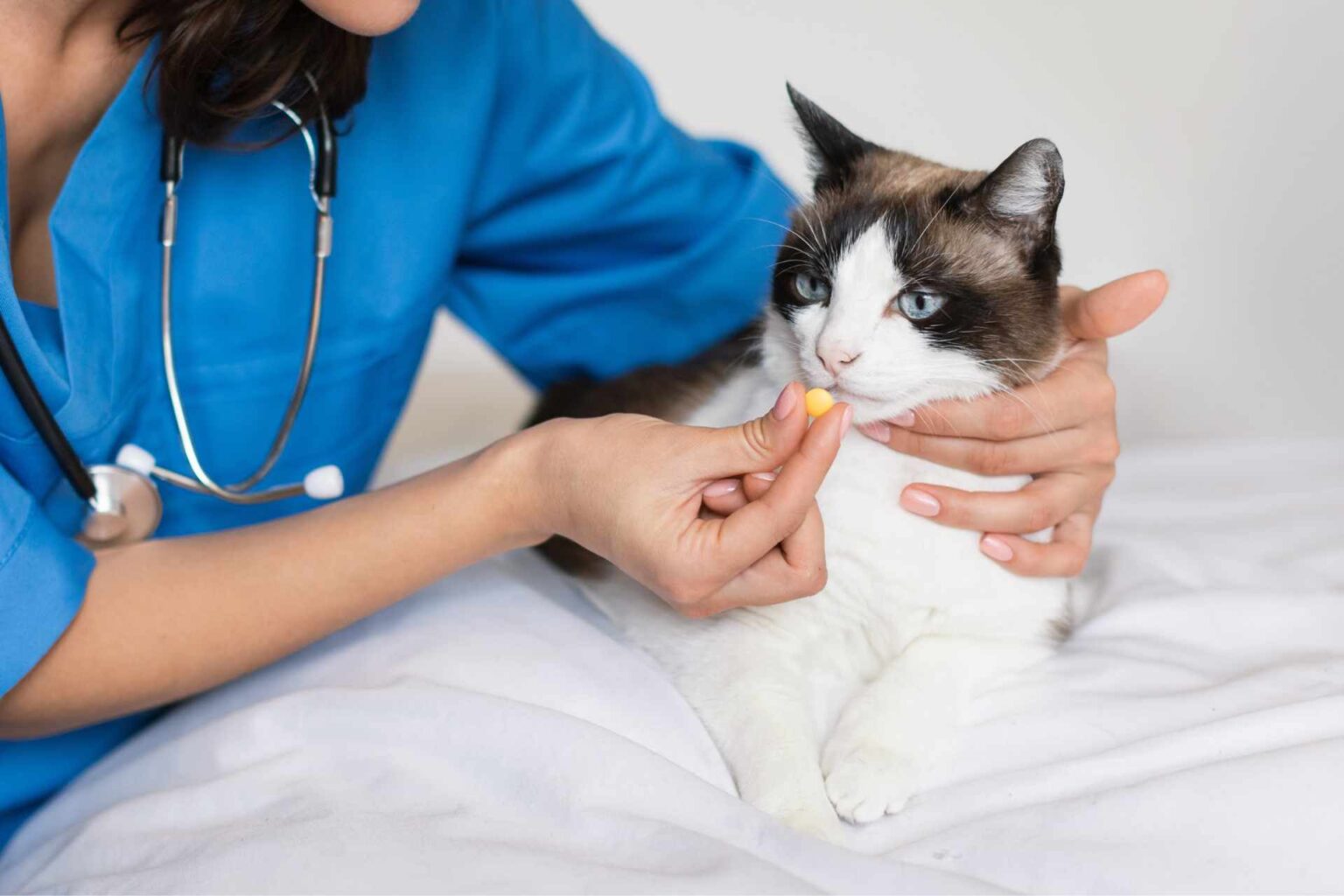In dogs,gastroesophageal reflux disease (GERD) causes inflammation, regurgitation, and pain, and the accompanied by characteristic reflux-related esophageal complications occur, including ulceration, stenosis, and epithelial metaplasia.
In addition, respiratory complications such as laryngitis, bronchial irritation and inhalation of the refluxed material may occur. Treatment with antacid medications can lead to resolution of clinical signs.
Diagnostic criteria
Until recently, there was a lack of specific diagnostic criteria for gastroesophageal reflux in dogs, and a tentative diagnosis was made in the presence of typical clinical signs and endoscopic findings, after exclusion of other esophageal or extraesophageal pathology, and if the patient had an adequate response to pharmacological treatment.
However, most dogs with clinical signs of esophageal disease do not reveal at endoscopy obvious mucosal lesions or other signs of gastroesophageal reflux and, to date, the best evidence for the presence of pathological reflux in dogs are the results of telemetry to evaluate esophageal squamous epithelium and histological findings considered characteristic of GERD, the prevalence and clinical significance of which are still uncertain.
In order to describe the clinical features of gastroesophageal reflux disease in dogs diagnosed using clinical, endoscopic, and histologic signs and excluding other esophageal disorders, a German research team evaluated total of 2,225 dogs seen from January 2012 to December 2014 in a small animal internal medicine referral clinic in Cologne . The research showed clinical signs attributable to esophageal disease in 20 dogs. The incidence of gastroesophageal reflux disease, over three years, was 0-9% of the reference canine population.
The main clinical signs were regurgitation, discomfort or pain (each, 20/20 dogs) and ptyalism (18/20 dogs).
Esophagoscopy showed no mucosal lesions (5/20 dogs) or minimal lesions (13/20 dogs), the data are consistent with those found in humans. Whereas, when analyzing esophageal mucosal biopsies , hyperplastic changes were found in the basal cell layer (13/20 dogs), stromal papillae (14/20 dogs) , and entire epithelium (9/20 dogs).
Eleven dogs received omeprazole or pantoprazole, regurgitation and ptyalism improved in eight dogs and pain decreased in six of them within three to six weeks.
Reflux in dogs is underestimated
According to the results of the German study, canine gastroesophageal reflux syndrome is a more common clinical problem than previously suspected, and it appears to be underdiagnosed in veterinary medicine. In dogs with clinical signs of painful esophageal dysfunction, diagnosis is facilitated by endoscopic biopsy and histologic evaluation of esophageal epithelium.
Reference
Reference: M.Muenster, A. Hoerauf, M. Vieth. Gastro-oesophageal reflux disease in 20 dogs (2012 to 2014). Journal of Small Animal Practice (2017) DOI: 10.1111/jsap.12646














